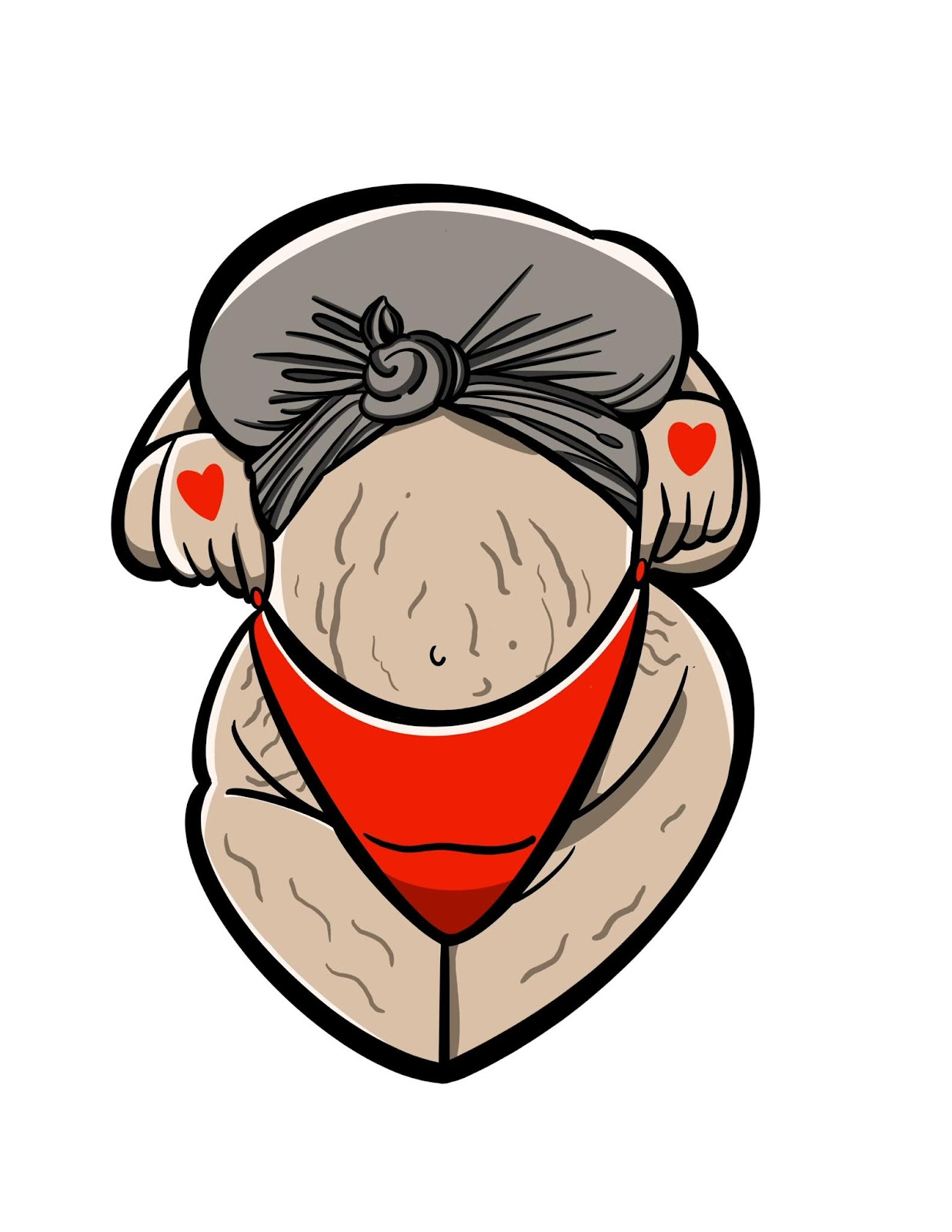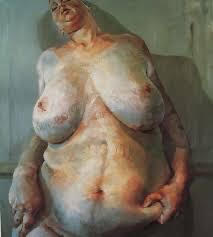Final Intervention: Beauty Standards & Mental Health
Our project focuses on blending our past two interventions that often become connected through the negative effects that beauty standards have on our mental health. Sydney and I have both struggled with trying to maintain beauty standards both in the past and currently, and our mission is to help others realize they are not alone, and that this does not have to be our lives if we choose to treat one another better and treat ourselves with a bit more kindness. Normalizing body types and features from the body is what we are striving to promote.



Our way of reaching an audience was going up to our peers & asking them hard questions. We opened the door to talking about a hard topic like body image and our friends got to talking. After some discussion, we decided to ask our peers to write it down in a set of notebooks. Whether it be a rant, a phrase, or a doodle, we gave them the chance to write about beauty standards and the effects it may have on their personal mental health.
 |
| Flash sheet I did for body positivity. |
Sydney & I are both art therapy majors. It will not be uncommon that we come across patients who are struggling with their physical appearance and self esteem. Our intervention can serve the purpose of encouraging our future patients to be open to discussing their hardships with beauty standards. To put it simply, beauty standards are at the root of most mental disorders in patients. Whether is comes in the form of disordered eating or people pleasing, the impossible standards put on young students and adults leave lifelong affects.
I've created some of the art pieces shown today mainly to emulate the beauty that normal, healthy bodies have that no one has really paid attention to.
Dont believe us? Here's some stats:
- Young people between the ages of 15 and 24 with anorexia have 10 times the risk of dying compared to their same-aged peers.
- Males represent 25% of individuals with anorexia nervosa, and they are at a higher risk of dying, in part because they are often diagnosed later since many people assume males don’t have eating disorders.
- Among female high school athletes in aesthetic sports, 41.5% reported disordered eating. They were eight times more likely to incur an injury than athletes in aesthetic sports who did not report disordered eating.
- 70 million people internationally live with eating disorders. (National Eating Disorders Association)
- The median age of eating disorder onset was 21 years old for binge eating disorder and 18 years old for anorexia and bulimia nervosa. (Journal of the American Academy of Child and Adolescent Psychiatry, 2010)
- Approximately 30 million Americans live with an eating disorder. (National Association of Anorexia Nervosa and Associated Disorders)
- One study found that 35% of female and 10% of male college athletes were at risk for anorexia nervosa and 58% of female and 38% of male college athletes were at risk for bulimia nervosa.
(https://www.nationaleatingdisorders.org/statistics-research-eating-disorders?gclid=CjwKCAjwge2iBhBBEiwAfXDBR2umw6e9UsOhqbUdPCp3XsdEZJbxgEjVUXyqUvyiZe1v9Fh0GXxisxoC6jIQAvD_BwE )
(https://www.singlecare.com/blog/news/eating-disorder-statistics/)
There were at least four artists that caught our eye. The 4 artist that inspire our intervention was Jenny Saville, Su Yang, Kelly Bastow and Frances Cannon. All 4 of these artists shines a light on beauty standards and focuses on positive body standards as well as the way we view the female form whether that is from plastic surgery or being natural. Each artist type of painting gives out a message to anyone looking at it.
Sue Yang
Sources:
Duncombe, Steve. Lambert, Steve. The Art of Activism. OR Books, 2021.
Drew, K. (2020). This is what I know about art. Penguin Workshop.









No comments:
Post a Comment